JR’s first solo museum show
Tokyo
For his current exhibition Could Art Change the World? at WATARI–UM, the Watari Museum of Contemporary Art, JR made a trip to the quake- and tsunami-stricken Tohoku region in Japan’s northeast last November. It surely goes without saying that he brought an “Inside Out Photobooth” with him and equipped himself with printers loaded onto the back of a truck that was driven throughout Tohoku by local collaborators.
ARTINFO Japan sat down with JR the day before the opening of the exhibition to talk about his intriguing, behind-the-scenes process, the importance of stepping back and letting his projects take on a life and momentum of their own, “subcontracting” their execution to the local community, and what he learned over the course of his latest project in the Tohoku region.
How did this new project in Japan come about?
When I was approached to do this solo show at the Watari-um, I knew right away that I wanted to bring my ‚Inside Out‘ project to Japan. Although I helped with the construction and logistics, it’s important for me that the local people manage the truck, the photo booth, and all the operations themselves. It’s meant to be a project by the Japanese, for the Japanese. The Tohoku people were all encouraged to use the images as they saw fit. I feel this is a much stronger approach. I went along more as a witness, not as a participant. When I did my earlier work, though, I took all the photos and pasted them all over the city by myself.
Were people curious about who was behind the project?
Some people knew how it worked, and some didn’t. Those who hadn’t heard about it were just happy to use their photos to communicate a message. It doesn’t bother me at all if people don’t know about me, or my work — these are universal images, so the project is able to take off even without any specific knowledge of its authorship. I wanted “Inside Out” to be a kind of system that people can use any way they want. Some people use it as art, as a platform to make their concerns heard. Others deploy it as a means of activism.
This multi-screen installation on the second floor of the museum — are they all local iterations of the ‚Inside Out‘ Project?
Yes. You can see how the local participants in each country or city deploy the images I supply them with. This one in Paris, for instance, shows a group of people who were fighting for the rights of homeless people to erect temporary shelters in the city. Usually, the city has the power to tear down temporary structures and shelters that the homeless build. But the law is ambiguous when it comes to a piece of art, or something that you declare to be an “artwork.” In this case, they erected a huge tent in a public square, pasted their “Inside Out” photos onto it, and called it a piece of art. So it effectively became a sort of street art installation in the public domain, which has a different status from just a homeless shelter. As you can see, the project takes on a range of different guises and implications depending on the local context.
There’s a real, palpable sense of joy on the faces of many people who participate in your projects – they make funny faces, and seem genuinely happy to be involved.
People who look at the final images often tell me they’re beautiful. But it’s really the process leading to them that is far more interesting. I made movies and videos in order to show that, and some of them are on display at this show. It doesn’t matter to me if the pasting of the images failed, or if the photos were subsequently removed or vandalized. For me, “Inside Out” was about experiencing a journey through art, and sharing that journey with people.
What did you learn from the specific local context and setting of the Tohoku project?
This was my first time working in Japan, so naturally there were questions about how people would approach art in this context, especially with all the emotional and psychological issues after Fukushima. I was told that the Japanese are too shy, and won’t allow images of themselves to be displayed in public like that. But in the end, people came forward and used the images in all sorts of ways. Some pasted their own portraits on the façades of ruined buildings, or took them home and displayed them inside their own houses. It’s not as if there is a “Japanese” way of dealing with these images and using them! It comes down to a very personal prerogative — you end up with your portrait in your own hands, and it’s entirely your own decision how you choose to use it. If you put it in your bedroom, it’s just about your own ego (laughs). In the street, though, it automatically becomes public and political; it forces you to stand for something.
The title of this exhibition is Could Art Change the World? What exactly do you mean by that?
I’ve never really thought about the impact that my work might have on the world at large. I just try things out, and see what happens. But when I look at all the energy and interaction that I’ve helped to set in motion, it seems as if I’ve already taken one step towards changing the world. What I try to do is to fight constantly against clichés, preconceptions, and assumptions. That’s my personal battle.
But your role in this battle often requires you to orchestrate these things from a distance. Do you get the most satisfaction from your work when you’re operating incognito?
You know, I’d love to get out there and do the pasting myself, just like I used to when I was starting out on the roofs of Paris. But for the sake of the message, and the depth of what my work communicates, I’ve learned to stay in the shadows, and take a back seat.
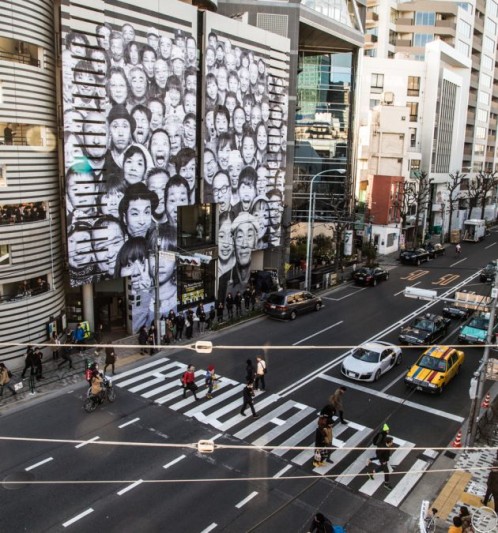
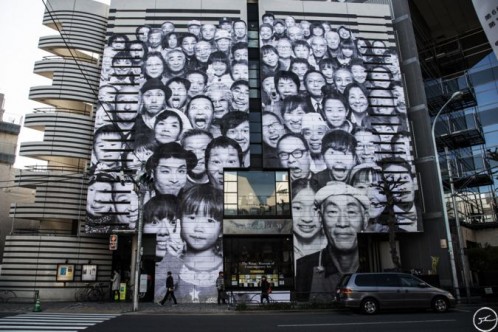
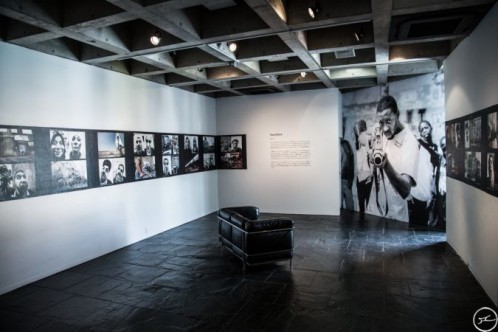
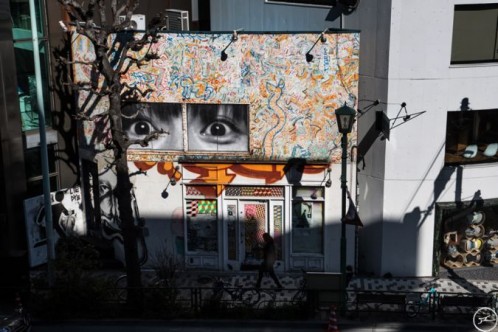
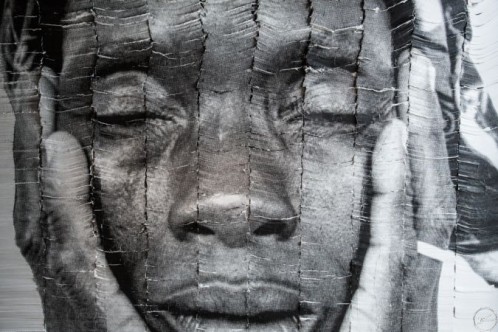
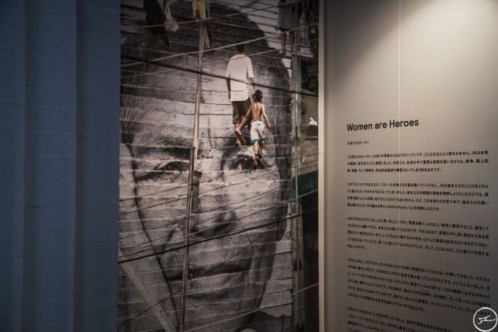
Until June 2, 2013
Toyko
Japan
Archive
- Dezember 2016 (1)
- Oktober 2016 (3)
- September 2016 (24)
- Juli 2016 (20)
- Juni 2016 (24)
- Mai 2016 (18)
- April 2016 (18)
- März 2016 (21)
- Februar 2016 (11)
- Januar 2016 (20)
- Dezember 2015 (20)
- November 2015 (37)
- Oktober 2015 (30)
- September 2015 (24)
- August 2015 (4)
- Juli 2015 (30)
- Juni 2015 (9)
- Mai 2015 (17)
- April 2015 (23)
- März 2015 (18)
- Januar 2015 (8)
- Dezember 2014 (1)
- November 2014 (3)
- Oktober 2014 (10)
- September 2014 (4)
- August 2014 (2)
- Juli 2014 (3)
- Juni 2014 (2)
- Mai 2014 (5)
- April 2014 (11)
- März 2014 (12)
- Februar 2014 (13)
- Januar 2014 (10)
- Dezember 2013 (5)
- November 2013 (13)
- Oktober 2013 (24)
- September 2013 (18)
- August 2013 (26)
- Juli 2013 (13)
- Juni 2013 (35)
- Mai 2013 (44)
- April 2013 (49)
- März 2013 (61)
- Februar 2013 (54)
- Januar 2013 (46)
- Dezember 2012 (50)
- November 2012 (58)
- Oktober 2012 (62)
- September 2012 (61)
- August 2012 (63)
- Juli 2012 (64)
- Juni 2012 (61)
- Mai 2012 (63)
- April 2012 (51)
- März 2012 (67)
- Februar 2012 (37)



